Rega Aya Floorstanding Loudspeaker Review
The latest speaker from Rega isn’t simply all-new, Rega Aya, it could be the template for future models too. Ed Selley listens in.
In my recent review of PMC’s prodigy 1, I noticed that rising production and material costs are making it harder for manufacturers to compete at their usual price points and attract new customers.
In PMC’s case, the prodigy 1 is a conventional speaker that uses existing parts and detail refinements to sell at a more affordable price. Rega’s rather elegant solution to the same problem by contrast is much more ambitious.

Rega Aya Tech Specs
| Product | Rega Aya |
| Origin | UK |
| Type | 2.5-way floorstanding loudspeaker |
| Weight | 14.1 kg each |
| Dimensions (WxHxD) | 258 x 871 x 215 mm |
| Features | – 25mm ZRR soft dome tweeter |
| – 127mm midrange driver | |
| – 178mm bass driver | |
| Claimed Sensitivity | 89.5dB/1W/1M (6 ohm) |
| Distributor | Rega |
| Website | Rega |
What Is the Rega Aya?
The Aya is a compact 2.5-way floorstander. So far so normal, but where things get interesting is the cabinet. Rega believes that using MDF, which is common among speaker manufacturers, is no longer cost-effective for the prices it aims to sell its cabinets at. We’ve already seen the Kyte (HFC 508) adopt this policy, with a phenolic resin cabinet, but the Aya turns
Design
The 178mm bass driver lends it a heft that talented rivals struggle to match instead to glass reinforced cement (GRC); a hybrid material that uses the long strands of glass fibre to increase the overall strength of the material while keeping weight and dimensions manageable. While it wasn’t explicitly stated in the materials provided with the Aya, it strongly suggests that this isn’t just a one-time experiment. If Aya finds favour, there will be more speakers using GRC in the future.

This cabinet is constructed in two sections. A rear ‘tub’ is mated to a front baffle that mounts the drivers. Internally, a band pass filter sits between the drivers and the frontmounted bass port. The three drivers are mounted above this and comprise units that are built in-house by Rega and owe nothing to what other companies are up to. A ZRR tweeter; a soft-dome designed to reduce reflections coming back through the dome, is partnered with a 127mm midband and 178mm bass driver.
Unusually, despite three different-sized drivers, the Aya is a 2.5-way design. It uses a process that Rega has employed in its floorstanders for some time, where the two drivers roll-off naturally in relationship with one another so the larger one is only really active from 700Hz and down while the crossover complexity is reduced over a more enforced three-way design. This crossover connects to the outside world via a single set of speaker terminals at the base of the cabinet. The Aya should not present a terribly tricky challenge to most amplifiers. Rega quotes a sensitivity of 89dB/W and 6ohm impedance, which feels fairly believable in use.

The result of using GRC as a cabinet material is that the Aya doesn’t really look like anything else and Rega has leaned into the differences in terms of the design. The rear tub section is kept in its raw state while the front baffle is given a brushed effect that is similar but not identical to metal. The sample divides opinion in the time I have it here, but I’m definitely a fan.
The Aya manages to look modern in a way that many more conventional rivals – even ones decked out in contemporary sheen finishes -struggle to match. Build quality is extremely good too. At the moment, grey is the only finish option and I suspect that it might not be as easy as an MDF speaker to change that, but at the very least grey is extremely fashionable right now.
There’s also a practicality to the Aya that I admire. The overall dimensions are compact and unobtrusive, and I especially like the fact that the feet are pre-attached so there’s no fiddling around with an alien key. I also find it fairly undemanding when it comes to placement and its relationship to walls either to the side or the rear.

Some users won’t be delighted by the fact that grilles are an optional extra, but this is far from unusual these days and the vulnerable tweeter has a small protective guide fitted.
Sound quality
I suspect that any gripes will quickly disappear once listening commences. The presentation is fast and consistently engaging. Aya skips its way through the energetic To Lose My Life by White Lies with an ease and articulation that ensures you are drawn into the performance as a participant rather than idle bystander. What is notable about this is that, while the cabinet has a fairly small internal volume, the 178mm bass driver lends it a heft that even quite talented rivals don’t always match. The frequency response is usefully flat down to around 40Hz and tails off gently from there.

This helps the Aya deliver a midrange and high-frequency performance that sounds balanced and consistently realistic. Agnes Obel and her piano in Fuel To Fire are both effortlessly rich. Really lean on the Aya and it can become slightly congested, but you do need to be mechanically unsympathetic to achieve such a feat. What does require a little more care, though, is the fact that it will not flatter poor partnering equipment or soften an already forward system (and in this regard, it is again very similar to Rega speakers of old). Used ‘in house’, though, with Rega’s lovely Elex Mk4 (HFC 500) integrated amp, the performance is consistently enjoyable.
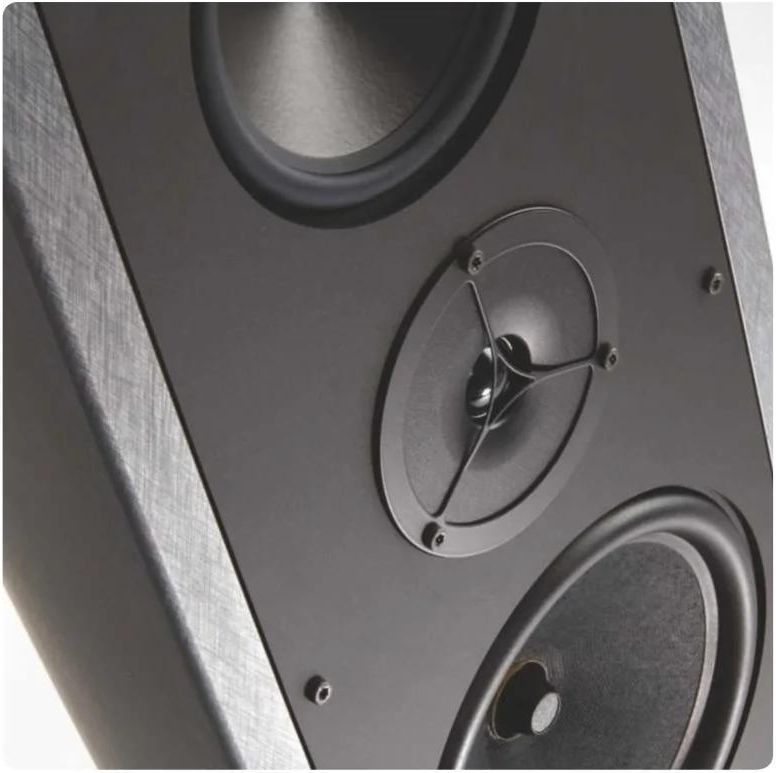
There is one final party piece that Aya demonstrates that might be attributable to its design and construction in that I don’t recall experiencing it to the same extent on any other Rega speaker. So long as a modicum of care is taken with placement (which, in fairness, has been a requirement of Rega speakers for some time), Aya pulls a wonderful disappearing act from the soundstage it creates.
The Aya’s lack of cabinet coloration and wide dispersion from its three drivers create such a spacious soundstage with the Cinematic Orchestra’s Manhatta that it’s difficult to pinpoint the speakers’ location just by listening. The bass port plays its own role in this by being usefully inaudible.
How it compares
Aya is a little more expensive than the slightly more conventional Focal Theva N°2 (HFC 505), which has similar (narrower but taller) dimensions. Both speakers have similar frequency responses and are fairly easy to drive. The Focal is more detailed and-so long as partnering equipment is up to task-can be more detailed too. The Rega does a better job of disappearing from the soundstage it creates and it’s easier to set up and place. The new materials and design of the Aya don’t radically change the game, but they certainly keep the competition honest.
Conclusion
All of this makes Aya a thoroughly ‘normal’ and usefully benign speaker that happens to be made out of interesting materials in a wholly novel way. A few users might be taken aback at how little difference the materials and design make to the performance, but when it is as compelling as this I am not sure that they will care. This is a genuinely fascinating new arrival at the price.


VERDICT
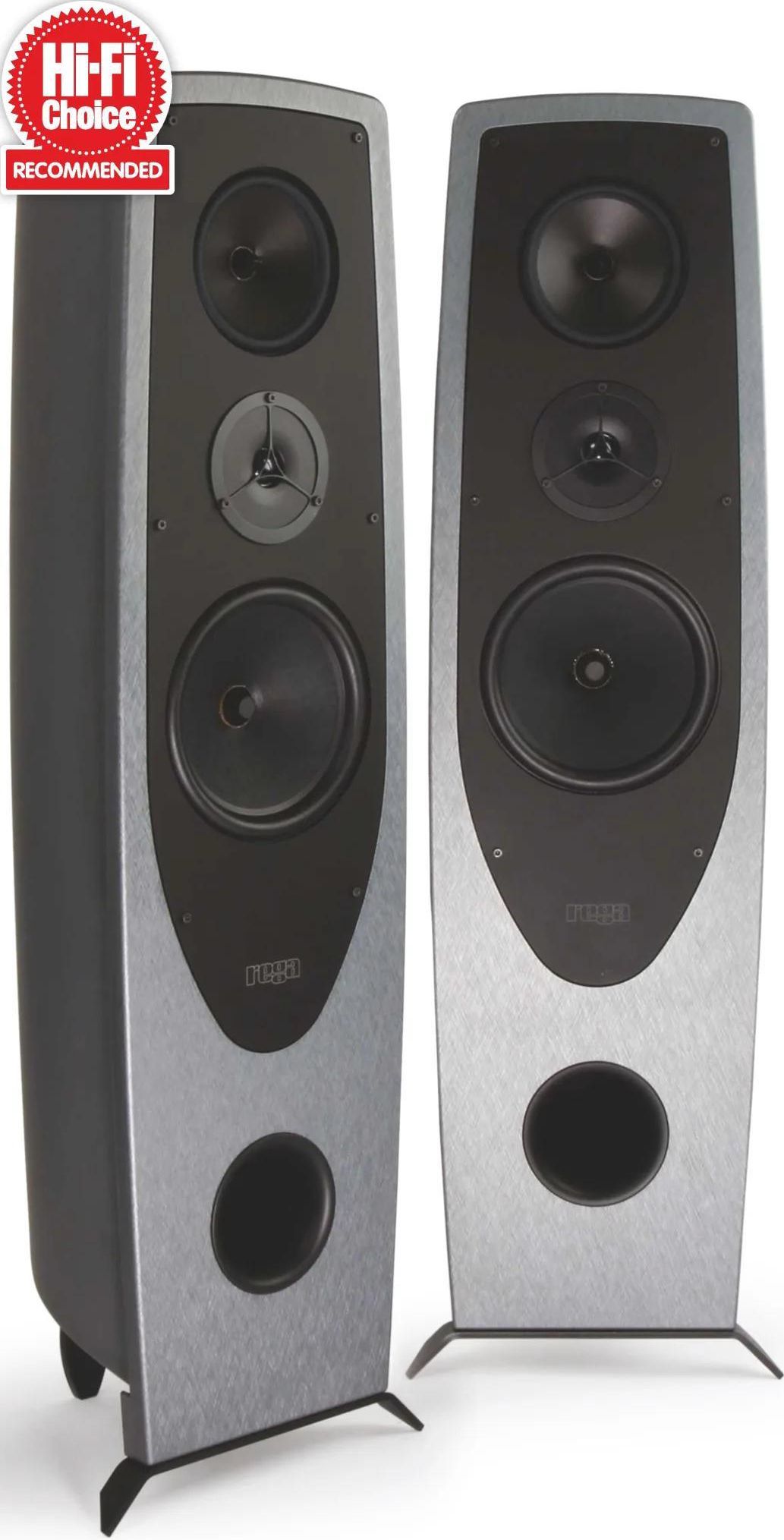
Rega Aya Speakers | Detailed & Dynamic | World's First Review
The Rega Aya are big on dynamics and very detailed. Watch the world's first in-depth review to find out how it compares to more ...
Rega Aya Loudspeakers
The Rega Ayas have come to the United States, and they have an amazing sound to be heard. Come check them out at our shop.



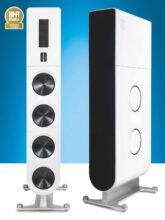
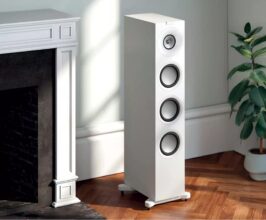
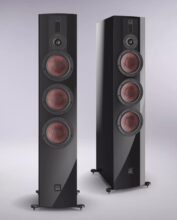
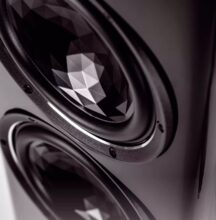
Ed, Thanks for your thoughtful and comprehensive review.
The cabinets caught my eye with higher than normal SAF. Hand it to Roy Gandy for innovation and apparently solid engineering. All the best to you. RA